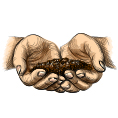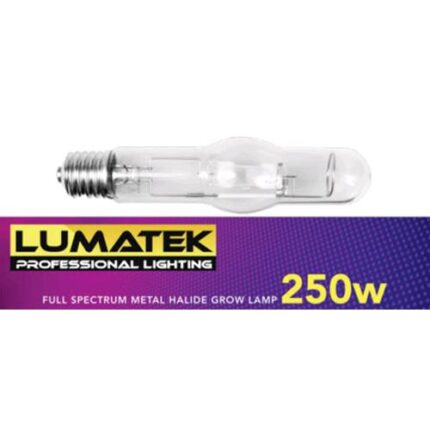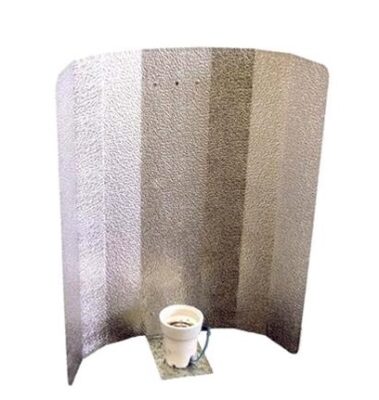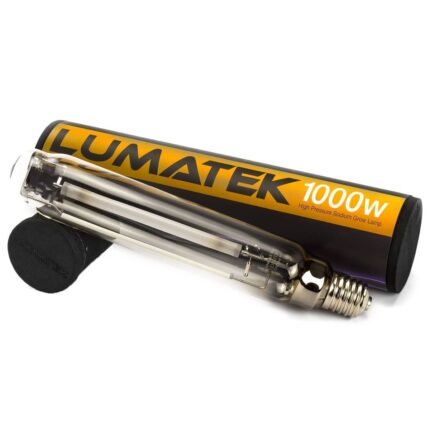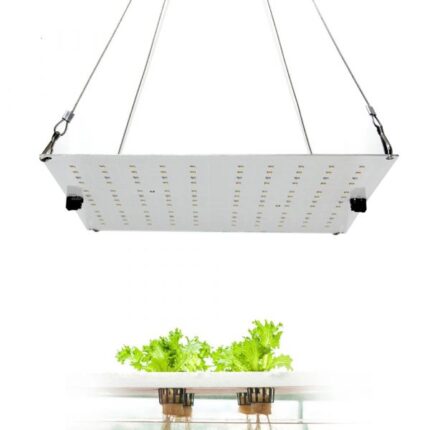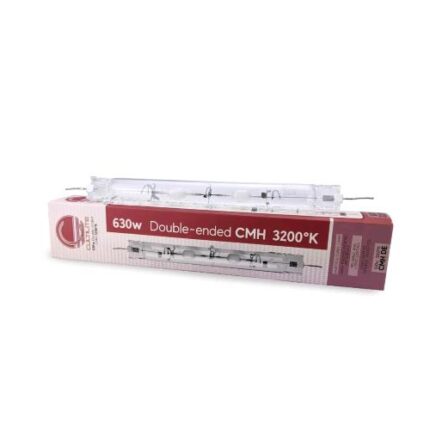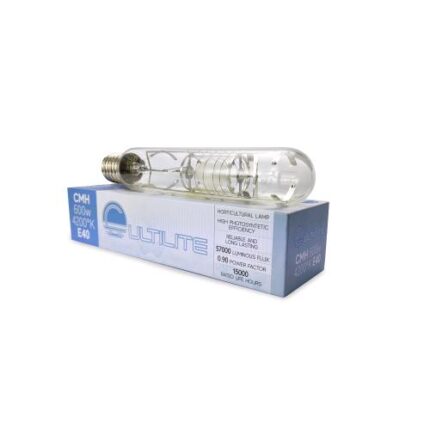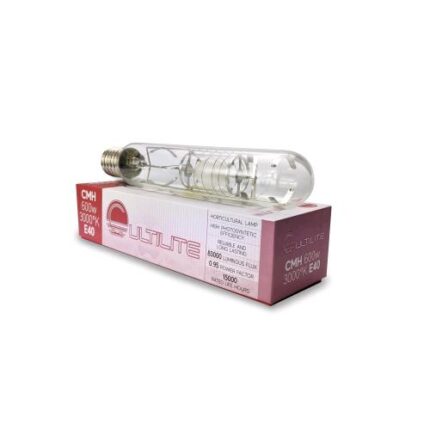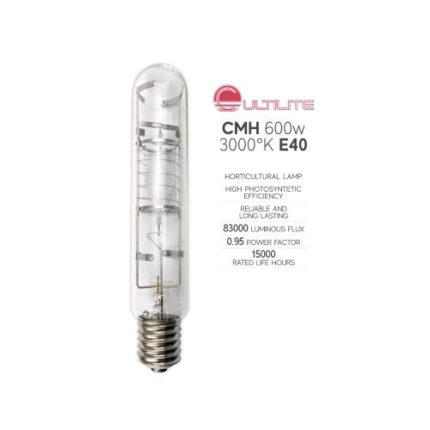Grow LED Lights
LED lights are like tiny magic devices that turn electricity into light. What’s cool about them is that they work by making electrons dance in a special material. Unlike regular lights, LEDs are super energy-efficient and last a really long time. People love them because they can be used in all sorts of ways, they stick around for a while, and they save a bunch of energy.
Growing light for Plants
- Optimized Spectrum:
- Energy Efficiency: LED lights are like the smart choice for your plants because they use less energy and turn more of it into light instead of heat. This not only saves you money on your electricity bill but also keeps your plants from getting too hot and harmed. It's a win-win for your wallet and your plants!
- Customizable Light Cycles: With LED lights, you have the power to adjust when your plants get light, imitating the sun's natural patterns. This is super important because it helps you guide your plants through different stages of growth. It's like giving them a schedule that mimics what they'd get outside under the sun.
- Enhanced Plant Quality: LED lights make your plants healthier and stronger because you can give them just the right amount and type of light they need. This means your plants grow better and give you more crops.
- Year-Round Cultivation: you can have your indoor garden all year round! No need to stress about the weather outside messing with your plants. With LED lights, they get the steady and reliable sunshine they crave, making sure they blossom beautifully, no matter the season.
How to Grow Plants Using LED Lights
- Spectrum: When you're picking out LED lights for your plants, make sure they give off the right kind of light. For the growing phase, go for lights that have a bit of a blue tint (like 400-500 nm). This helps your plants grow lots of leaves and branches. Now, when it's time for them to flower and make fruits, you want lights that have more of a red hue (around 600-700 nm). It's like giving your plants the right colors to help them do their thing at each stage.
- Intensity: Adjust the light intensity based on the specific needs of your plants and the growth stage. Seedlings and young plants may require higher light intensity than mature plants.
- Duration: Mimic natural daylight cycles by adjusting the duration of light exposure. Most plants benefit from around 12 to 16 hours of light per day during the vegetative stage, and 8 to 12 hours during the flowering stage.
- Distance: When you set up your LED lights, make sure they're at the perfect distance from your plants. This helps make sure the light is spread out evenly. The right distance might change based on how bright the light is and what kind of plants you're growing. It's like finding the sweet spot to make sure all your plants get just the right amount of light.
Other Effects of LED Lights
- Energy Efficiency: LED lights are like the energy-saving heroes of lighting. They use up less energy but give off a lot of light. This not only keeps your electricity bills lower but also does good things for the environment. So, it's like having bright lights that are also kind to your wallet and the planet.
- Environmental Impact: LED lights are great for the environment. They don't have any mercury, which is good because it's not so great for the Earth. Plus, they don't get super hot like old-school bulbs. This not only makes them safer but also helps cut down on things that aren't good for our air. So, using LED lights is like a small step toward keeping things green and healthy.
- Customization: LED lights are like the chameleons of lighting – you can change their color, make them brighter or softer, and even adjust how warm or cool they look. This makes them perfect for all sorts of things, like making your space look cool, setting the right vibe, and adding a special touch to art and design projects. It's like having lights that can fit your mood and style whenever you want.





